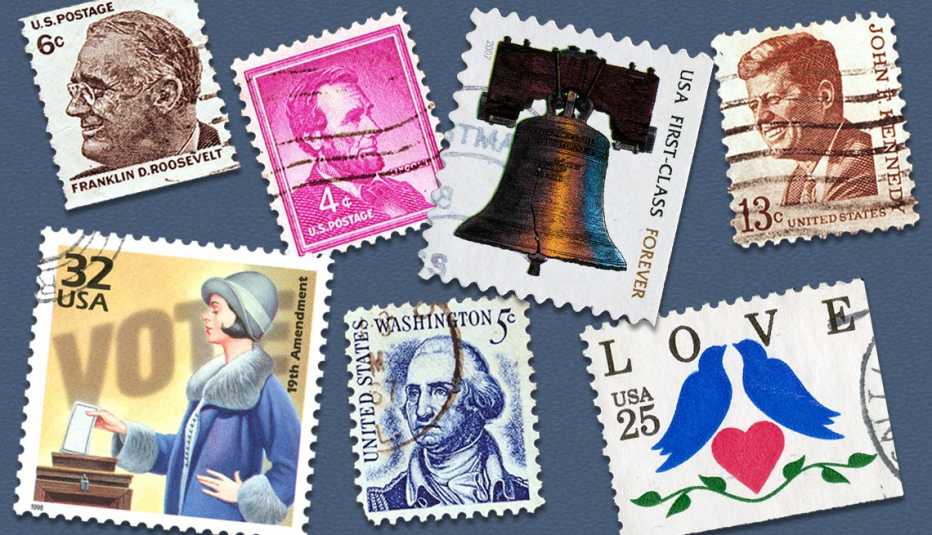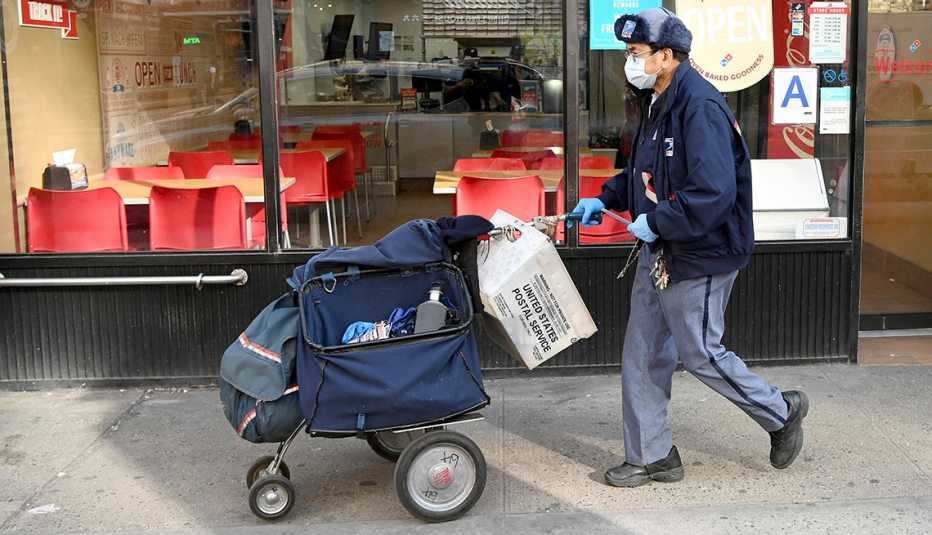Staying Fit
Your mail may take longer to arrive and your holiday packages will cost more to send as the U.S. Postal Service implements a comprehensive 10-year overhaul plan for the agency.
Under the Delivering for America plan, starting Oct. 1 a first-class letter may take up to five days to arrive, compared with the current two or three days. The longer schedule will affect first-class mail that travels the longest distances, such as from Boston to Los Angeles. The USPS will use trucks to move most long-distance mail, which, it says, are more reliable and cheaper than airplanes. The longer delivery time will affect 39 percent of first-class letters and just 7 percent of periodicals.


AARP Membership— $12 for your first year when you sign up for Automatic Renewal
Get instant access to members-only products and hundreds of discounts, a free second membership, and a subscription to AARP the Magazine.
Long-distance first-class packages will take longer, too, with delivery times rising to four or five days on about 32 percent of packages. The rest will be delivered in two to three days. The USPS says it delivered 88.5 percent of first-class mail on time from July 1 through Sept. 10.
The USPS will also temporarily raise prices on package delivery — from Oct. 3 to Dec. 26. The price increases will be 25 cents to $5 per package delivered by priority mail, priority mail express and first class, depending on weight and where the packages are going. International mail charges will not be increased.
Holiday Shipping Increases
The U.S. Postal Service will raise the cost of sending packages from Oct. 3 through Dec. 26. Here are the new rate increases, based on weight and distance traveled:
Priority Mail, Priority Mail Express, Parcel Select Ground and USPS Retail Ground
$0.25 increase for Zones 1–4, 0–10 pounds
$0.75 increase for Zones 5–9, 0–10 pounds
$1.50 increase for Zones 1–4, 11–20 pounds
$3 increase for Zones 5–9, 11–20 pounds
$2.50 increase for Zones 1–4, 21–70 pounds
$5 increase for Zones 5–9, 21–70 pounds
- USPS shipping Zones 1–4 are packages shipped 1–600 miles.
- Zones 5–9 are packages shipped more than 600 miles, including Guam and other U.S. territories.
Overhauling the USPS
The slower delivery times and higher rates are part of Postmaster General Louis DeJoy’s 10-year plan to put the USPS on stronger fiscal ground. The Government Accountability Office (GAO) said in March 2021 that the USPS has lost $87 billion over the past 14 fiscal years — including $9.2 billion in fiscal year 2020 — and expects to lose $9.7 billion in fiscal year 2021.
The postal service has been hit hard by a decline in first-class mail volume, which has fallen by 32 percent the past 10 years, sparked in large part by an increase in email and other electronic means of communication. The USPS says its 10-year plan will help improve its cash flow and allow it to make $20 billion in improvements to its facilities and processing equipment.
Last summer, the USPS was criticized for slowdowns in service that affected deliveries of medicine, checks and agricultural products, including live chickens. To avoid late fees because bills arrive later — or your check arrives later — retailers and banks have been urging consumers to use electronic payment.
The original Post Office Department, established in 1792, was reorganized as the USPS, a separate agency, in 1970, and generally receives no taxpayer money for operating expenses. The price of a first-class Forever stamp rose to 58 cents from 55 cents in August. A Forever stamp is good for sending first-class mail even if the price increases later.
John Waggoner covers all things financial for AARP, from budgeting and taxes to retirement planning and Social Security. Previously he was a reporter for Kiplinger's Personal Finance and USA Today and has written books on investing and the 2008 financial crisis. Waggoner's USA Today investing column ran in dozens of newspapers for 25 years.



































































